A 26 inch fat tire ebike delivers enhanced stability, superior traction, and exceptional comfort on rough or slippery terrains like snow and sand, making it ideal for diverse outdoor adventures and urban commuting. Its maneuverability and acceleration outperform larger wheels, while electric assist balances fitness and ease, offering a versatile, eco-friendly ride for all skill levels.
How Does a 26 Inch Fat Tire Ebike Enhance Stability and Control?
A 26 inch fat tire ebike provides enhanced stability and control due to its wide tires that increase the contact surface with the ground. This larger footprint improves balance and traction on uneven, loose, or slippery surfaces such as snow, sand, or rocky paths. Riders experience greater confidence and safer handling, especially on challenging terrains, making these bikes suitable for both beginners and experienced cyclists.
Chart: Stability and Control Benefits of 26 Inch Fat Tire Ebikes
| Feature | Benefit |
|---|---|
| Wide 26 inch tires | Increased ground contact area |
| Larger tire volume | Better shock absorption |
| Enhanced traction | Safer rides on slippery surfaces |
What Comfort Advantages Does a 26 Inch Fat Tire Ebike Provide?
The fat tires on a 26 inch ebike act as natural shock absorbers, cushioning the rider from bumps, potholes, and vibrations. This results in a smoother, more comfortable ride over long distances or rough terrain. The high-volume air chambers in the tires dampen impacts better than traditional suspension systems alone, reducing rider fatigue and enhancing overall cycling enjoyment.
Which Terrains Are Best Suited for a 26 Inch Fat Tire Ebike?
A 26-inch fat tire e-bike excels on rough and uneven terrains. Its wide tires offer enhanced traction and shock absorption, making it ideal for sand, snow, gravel, and muddy trails. The slightly smaller wheel size allows for better maneuverability, especially on winding paths or forest tracks. Riders looking for stability and grip in off-road conditions or seasonal terrain changes will benefit most from a 26-inch fat tire configuration.
A 26 inch fat tire ebike excels across a wide variety of terrains. It is particularly effective on:
- Snow-covered trails
- Sandy beaches
- Muddy or rocky paths
- Urban roads with potholes or uneven surfaces
This versatility allows riders to explore off-road adventures or navigate challenging city streets with ease, regardless of weather conditions.
How Does a 26 Inch Fat Tire Ebike Improve Acceleration and Maneuverability?
Compared to larger wheels, 26 inch fat tires offer quicker acceleration and superior maneuverability. Their smaller diameter allows for faster speed changes and easier navigation through tight turns or technical terrain. This makes them ideal for stop-and-go urban riding or trail sections requiring precise control.
Chart: Acceleration and Maneuverability Comparison
| Wheel Size | Acceleration Speed | Maneuverability Rating |
|---|---|---|
| 26 inch | Faster | Higher |
| 27+ inch | Slower | Moderate |
Why Are 26 Inch Fat Tire Ebikes Environmentally and Economically Beneficial?
Using a 26 inch fat tire ebike reduces carbon emissions by replacing car trips with zero-emission electric rides. Economically, they save money on fuel, parking, and vehicle maintenance. Their durability and low upkeep costs make them a sustainable and cost-effective transportation option, especially for daily commuters and outdoor enthusiasts.
What Fitness Benefits Does Riding a 26 Inch Fat Tire Ebike Offer?
A 26 inch fat tire ebike encourages physical activity by combining pedal power with electric assistance. Riders can adjust the level of pedal assist to match their fitness goals, promoting cardiovascular health, muscle strength, and endurance without overexertion. This flexibility helps integrate exercise into daily routines more easily.
How Do 26 Inch and 27 Inch Fat Tire Ebikes Compare for Different Uses?
26-inch fat tire e-bikes offer superior control and stability, ideal for off-road trails, snow, and rough surfaces. In contrast, 27-inch models provide better roll-over ability and efficiency, making them suitable for longer rides and light trails. While 26-inch bikes excel in technical terrain, 27-inch versions are preferred for a smoother, more energy-efficient ride. Choosing between them depends on your riding style—adventure or commuting.
- 26 inch models: Best for rough terrains like snow and sand, offering enhanced control and shock absorption.
- 27 inch models: More suited for daily commuting and mountain biking, providing smoother rolling and higher speeds.
Choosing between these depends on your primary riding environment and preference for agility versus speed.
Buying Tips
When purchasing a 26 inch fat tire ebike, consider:
- Motor power between 500W and 750W for balanced performance.
- Battery range of at least 30 miles to cover daily rides.
- Durable frame and reliable disc brakes for safety.
- Tire width around 4 inches for optimal shock absorption.
- Features like suspension forks and convenient storage options.
- Brands like TST EBike that offer high-quality, cost-effective models tailored to rough terrains and urban use.
TST EBike Expert Views
“TST EBike’s 26 inch fat tire ebikes are engineered to conquer challenging terrains such as snow and sand while delivering exceptional stability and comfort. Their powerful motors and long-lasting batteries make them ideal for riders seeking versatility without sacrificing affordability. By focusing on consumer feedback, TST EBike ensures each model meets the demands of both urban commuters and adventure enthusiasts, redefining electric cycling for diverse needs.”
FAQ
Can a 26 inch fat tire ebike handle snow and sand effectively?
Yes, the wide tires provide excellent flotation and traction on soft surfaces like snow and sand, making these bikes highly versatile.
Is a 26 inch fat tire ebike suitable for city commuting?
Absolutely. Their maneuverability and shock absorption make them comfortable and safe for urban roads with potholes or uneven pavement.
How far can I ride on a single charge with a 26 inch fat tire ebike?
Most models offer a range of 30 to 60 miles per charge, depending on terrain and assist level.
Are 26 inch fat tire ebikes heavier than standard bikes?
They are generally heavier due to reinforced tires and frames but the electric motor compensates for this, making riding effortless.
What maintenance is required for a 26 inch fat tire ebike?
Routine tire pressure checks, brake adjustments, and battery care are essential, but overall maintenance is similar to other ebikes.
A 26 inch fat tire ebike blends rugged durability with versatile performance, delivering superior stability, comfort, and environmental benefits for riders tackling diverse terrains or urban commutes. With models like those from TST EBike, riders gain access to powerful, affordable, and reliable electric bikes designed to elevate every journey. Whether conquering snowy trails or city streets, these ebikes offer an unmatched cycling experience.

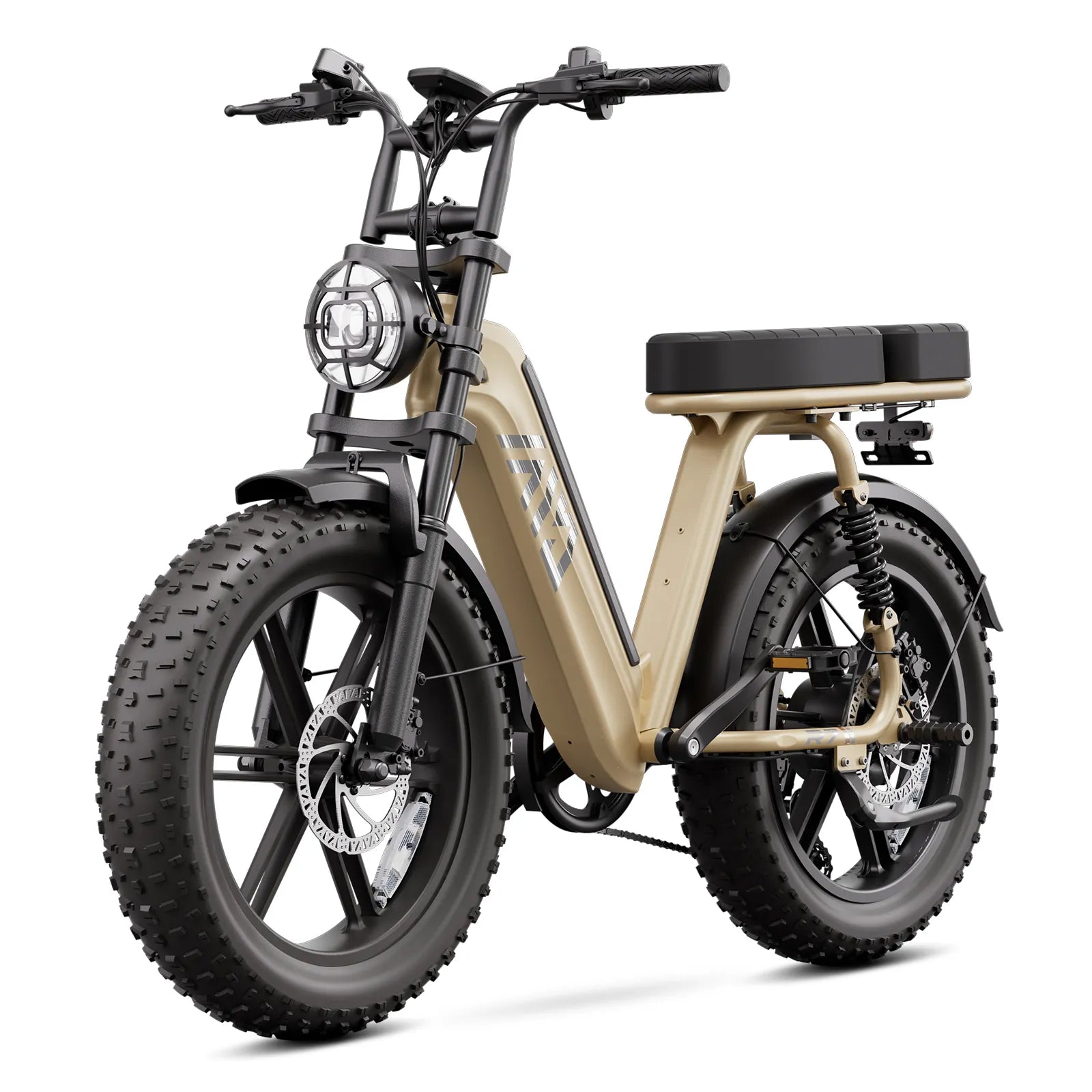
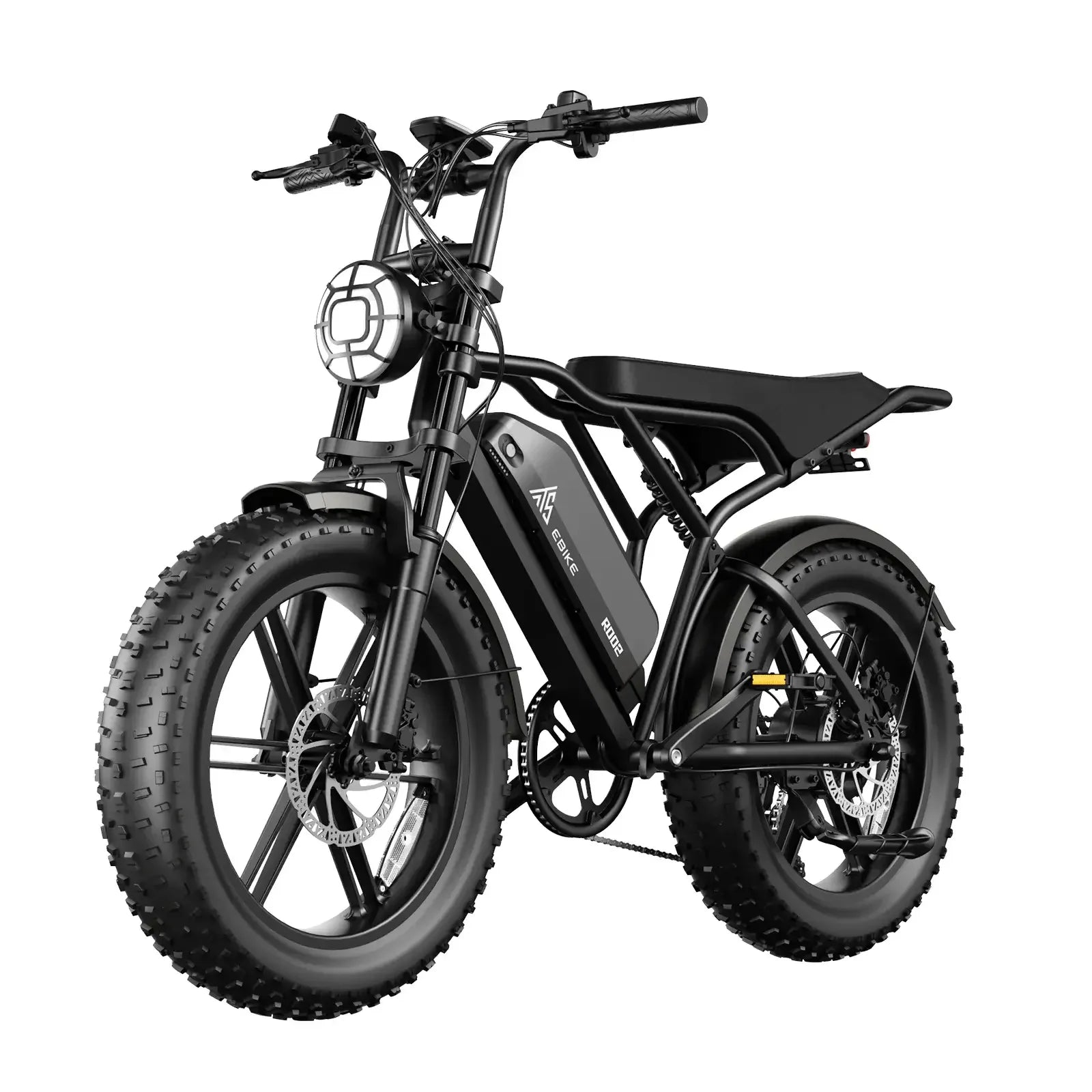

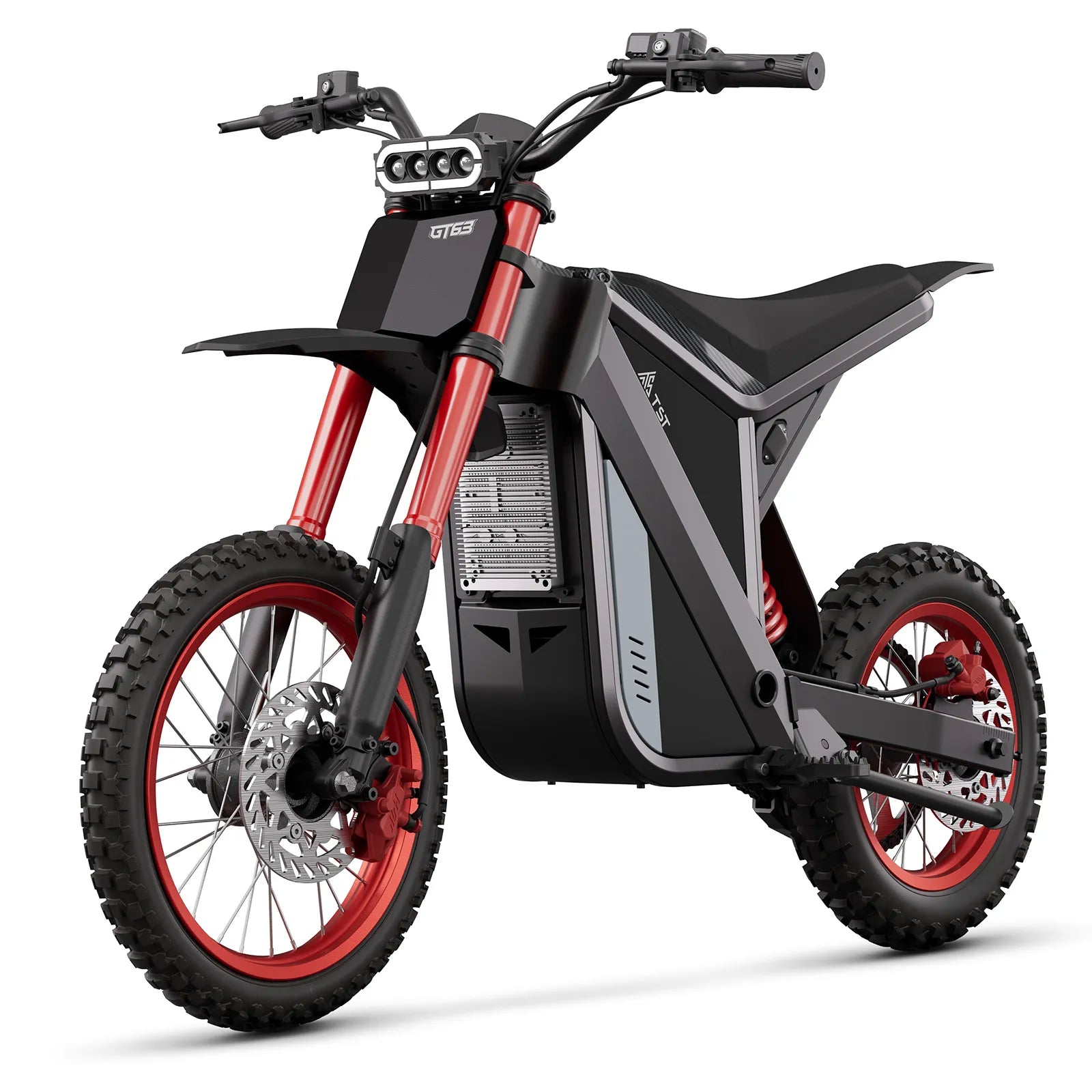
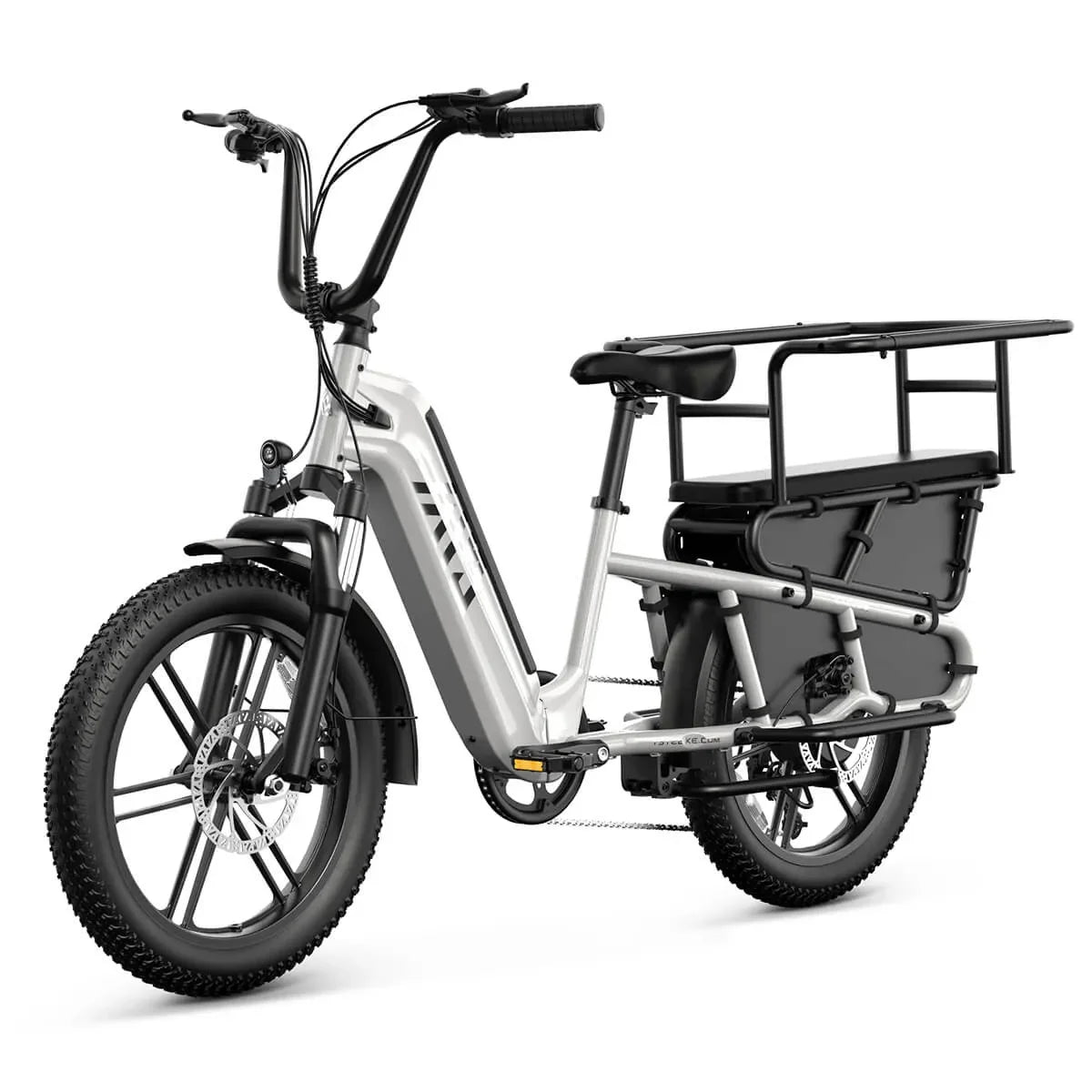
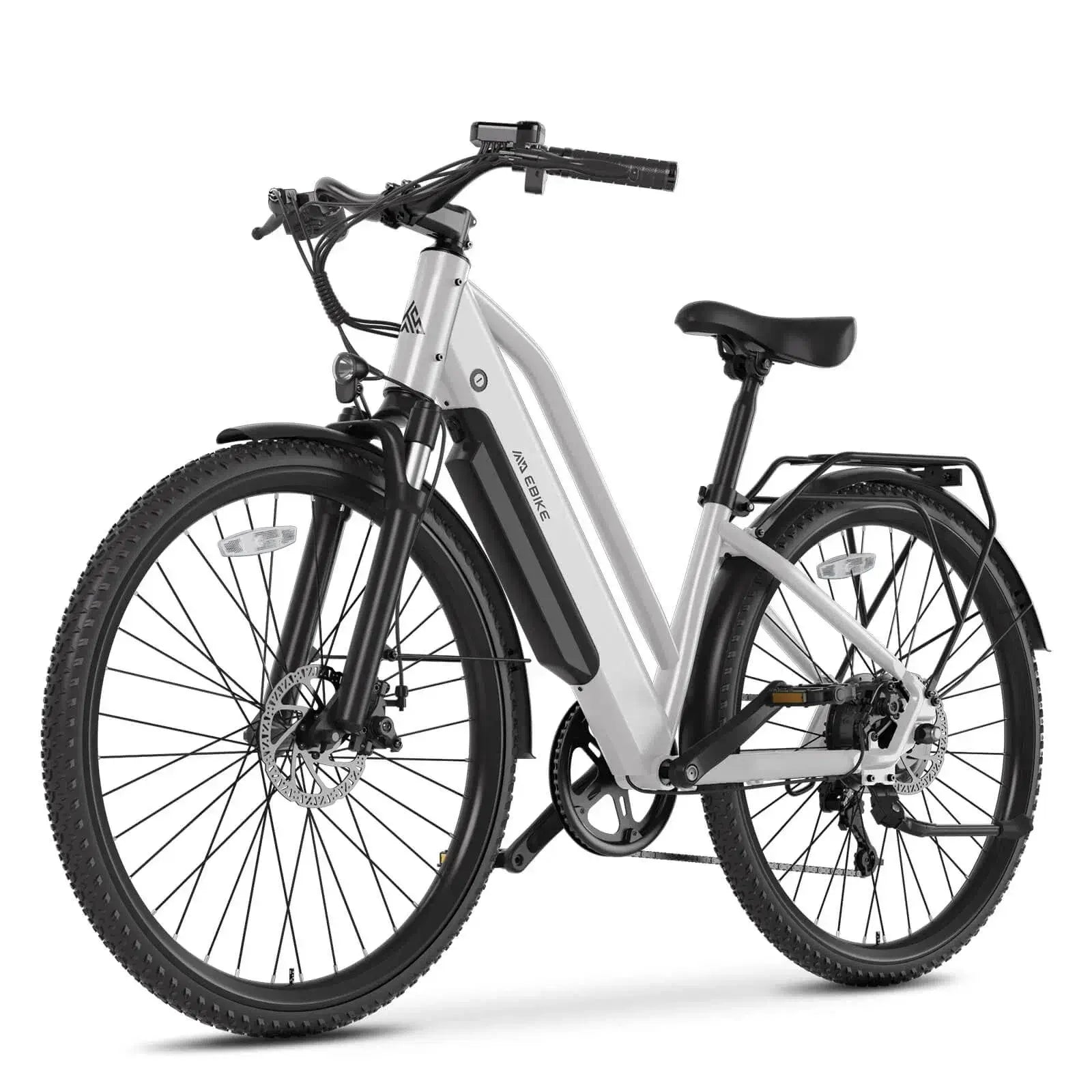
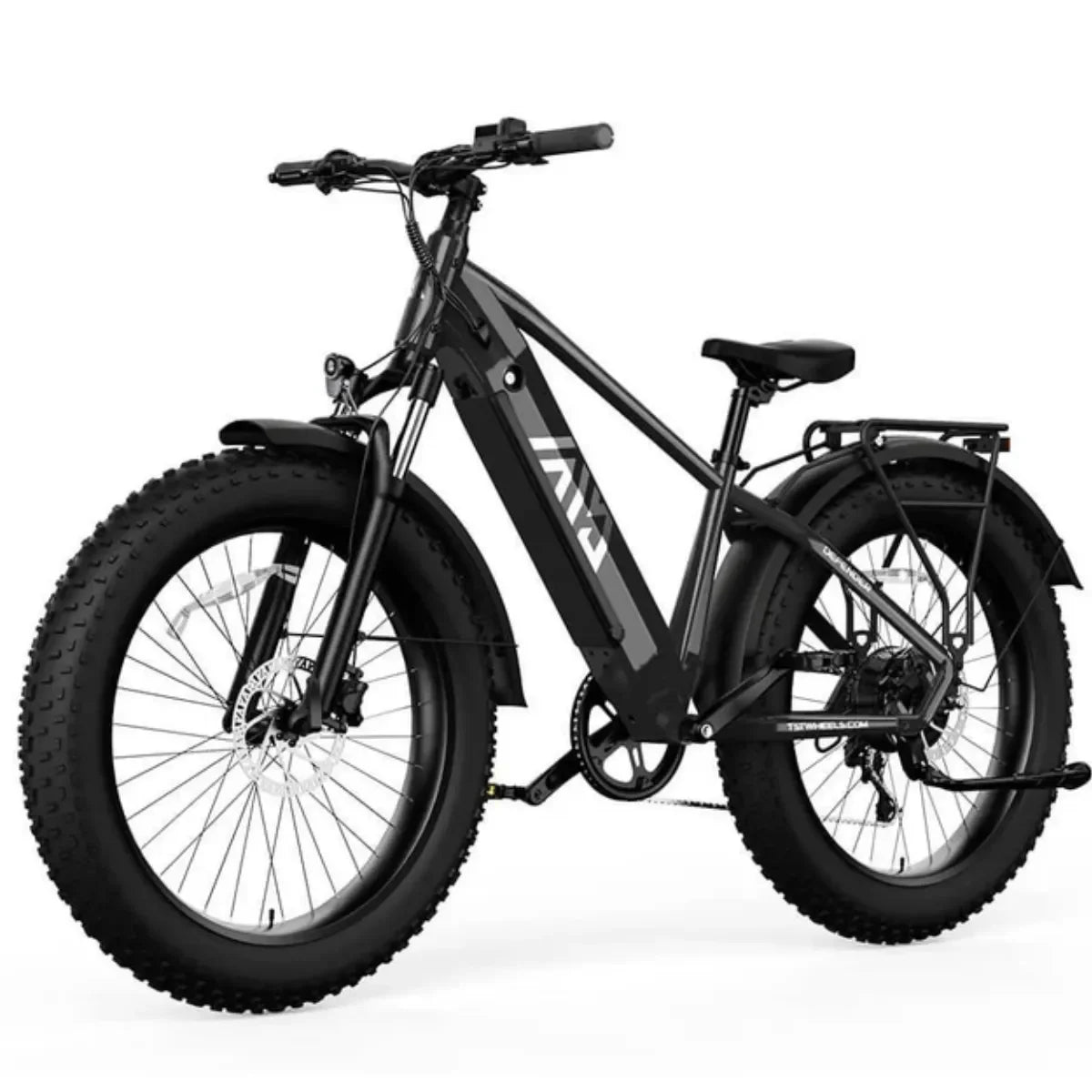
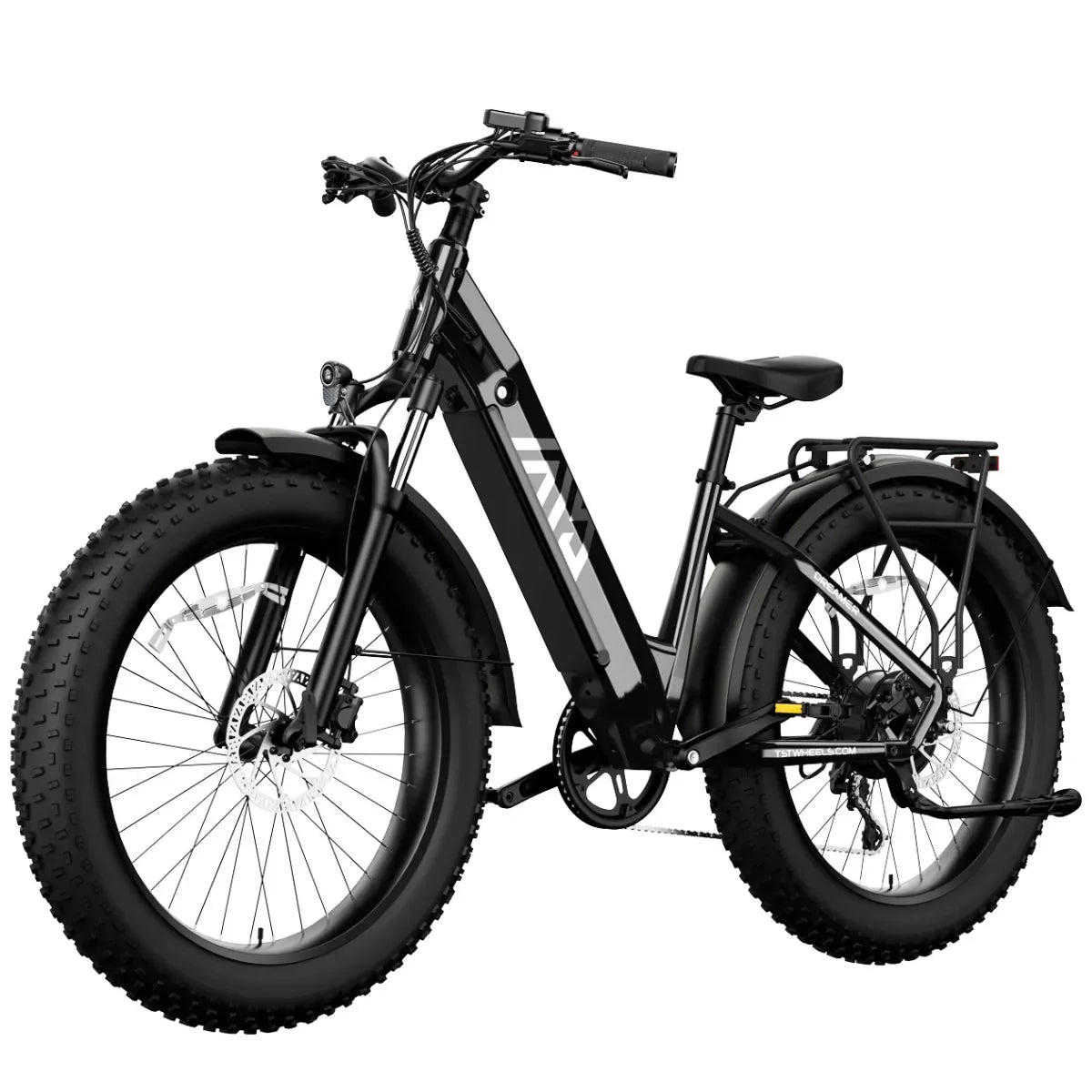

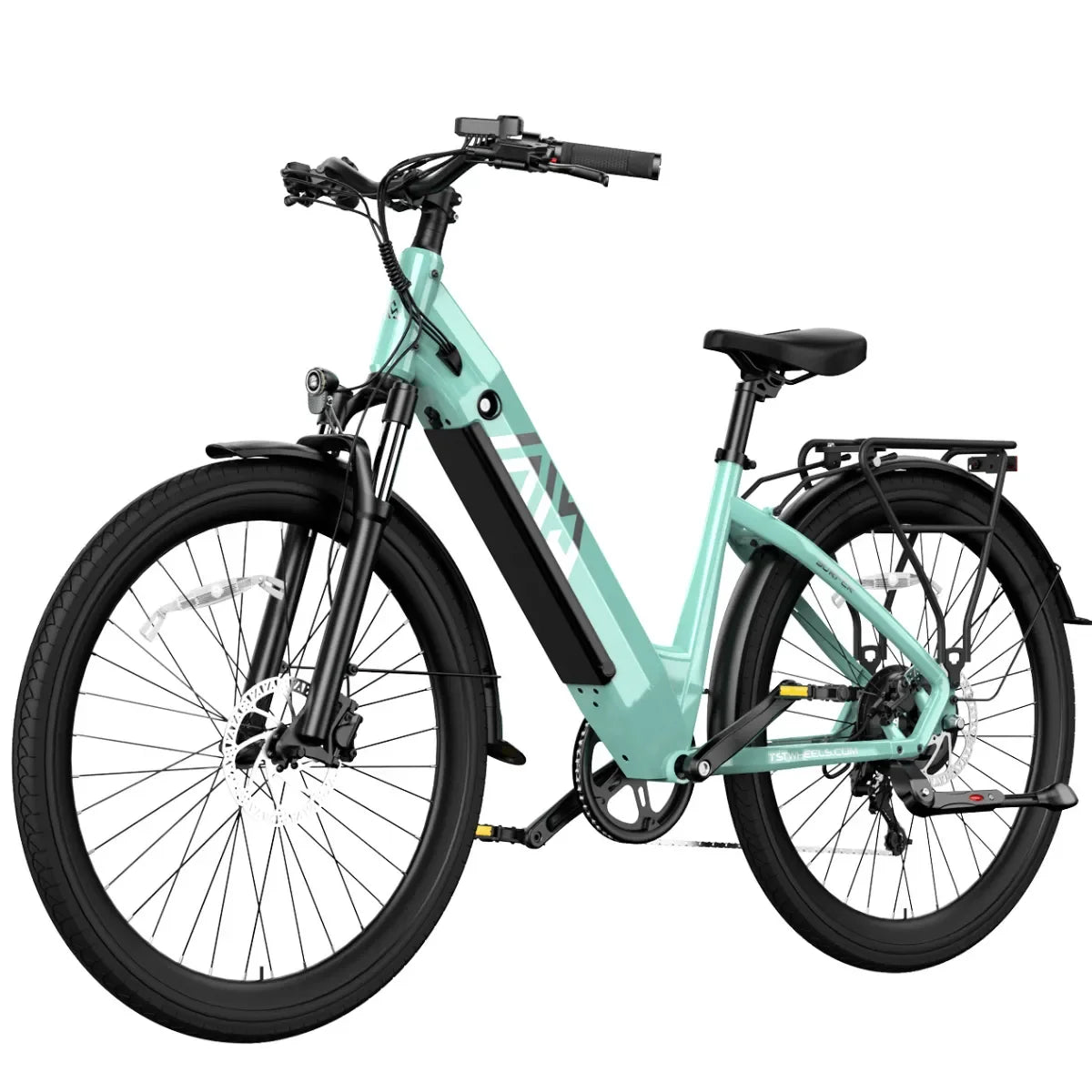
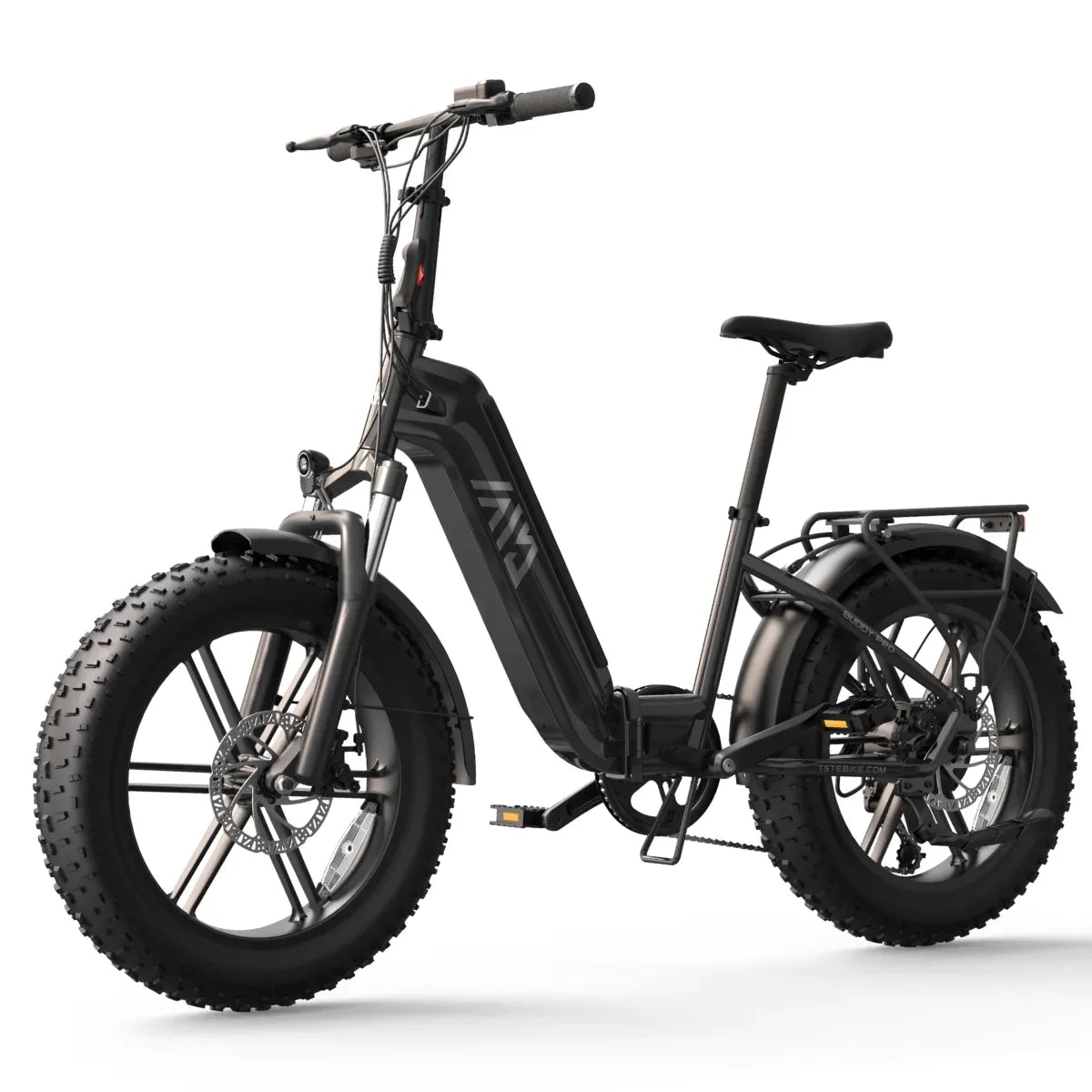
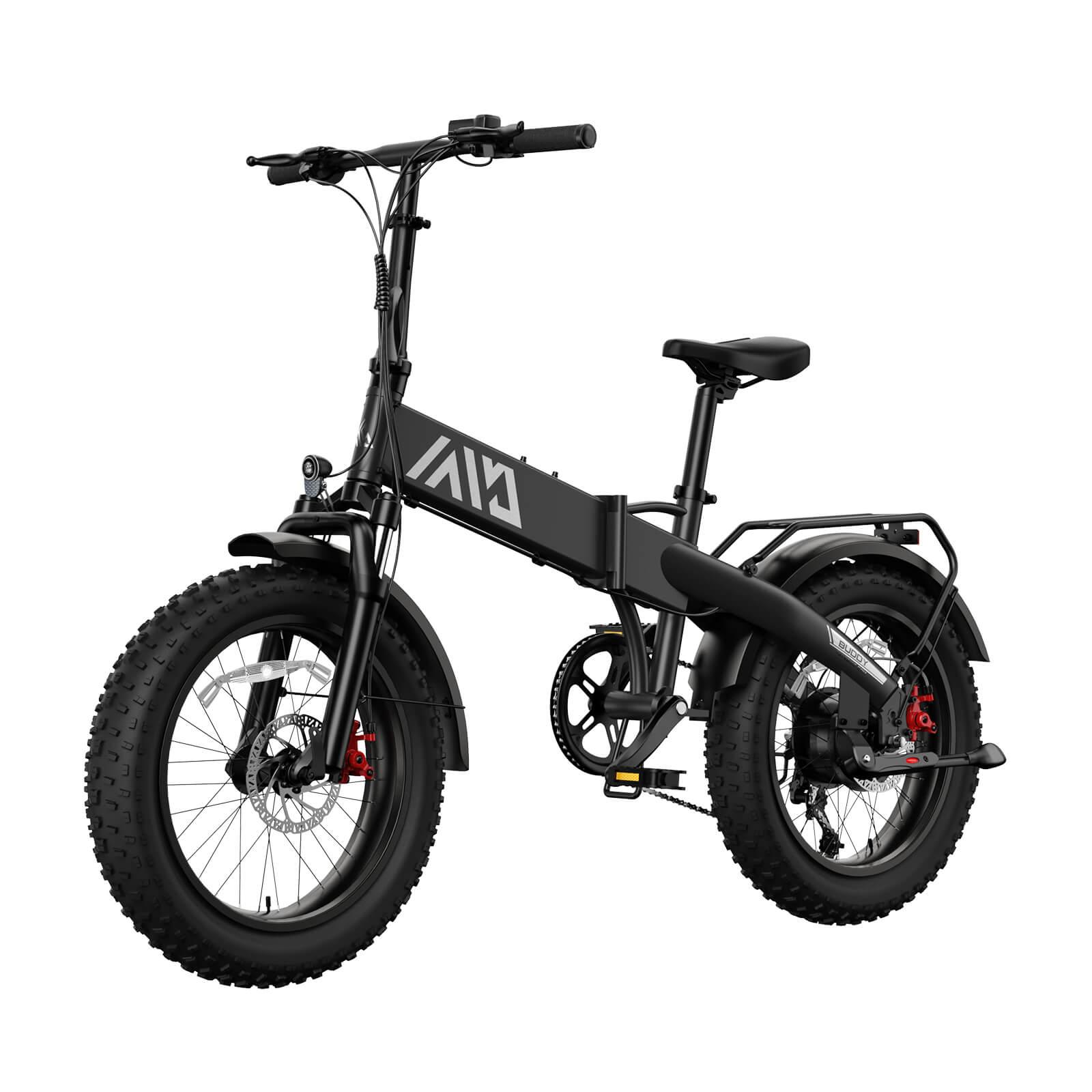
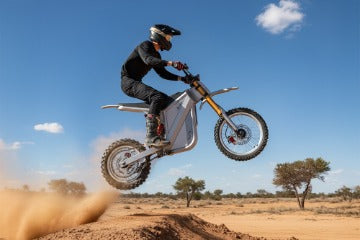
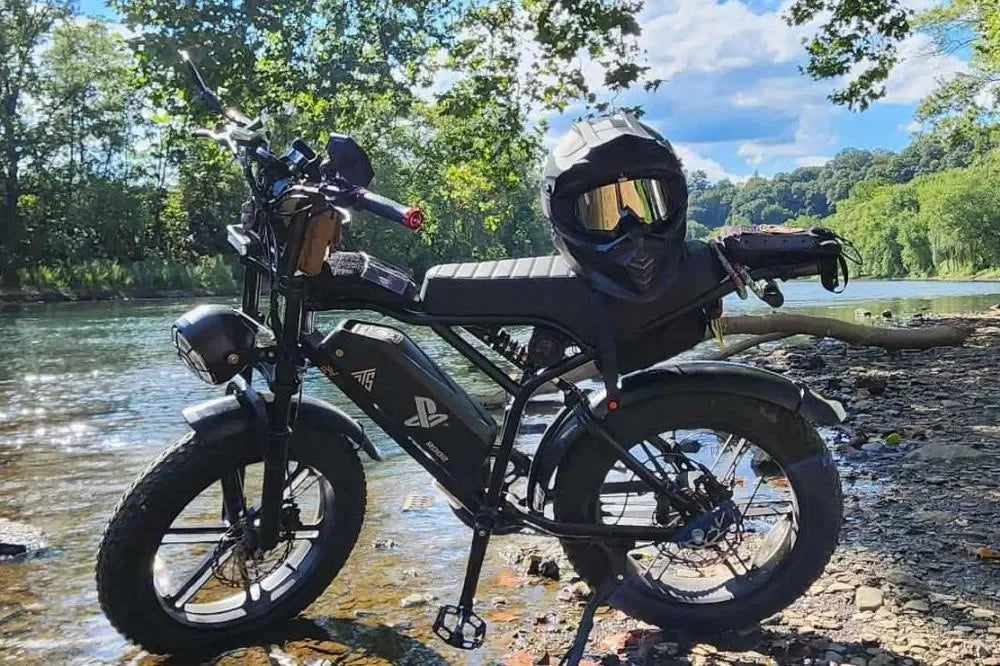
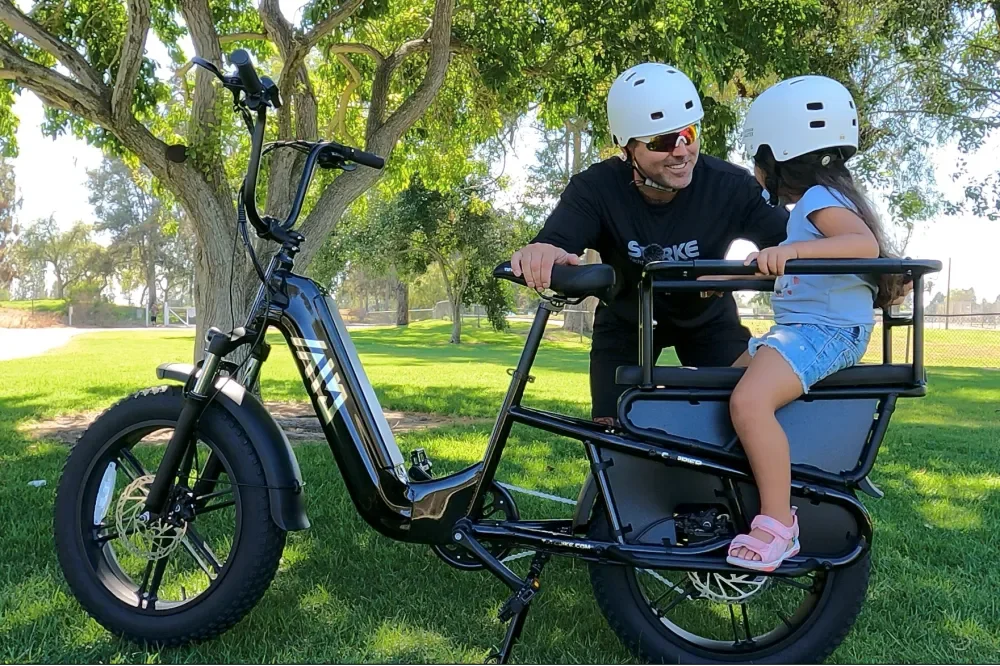
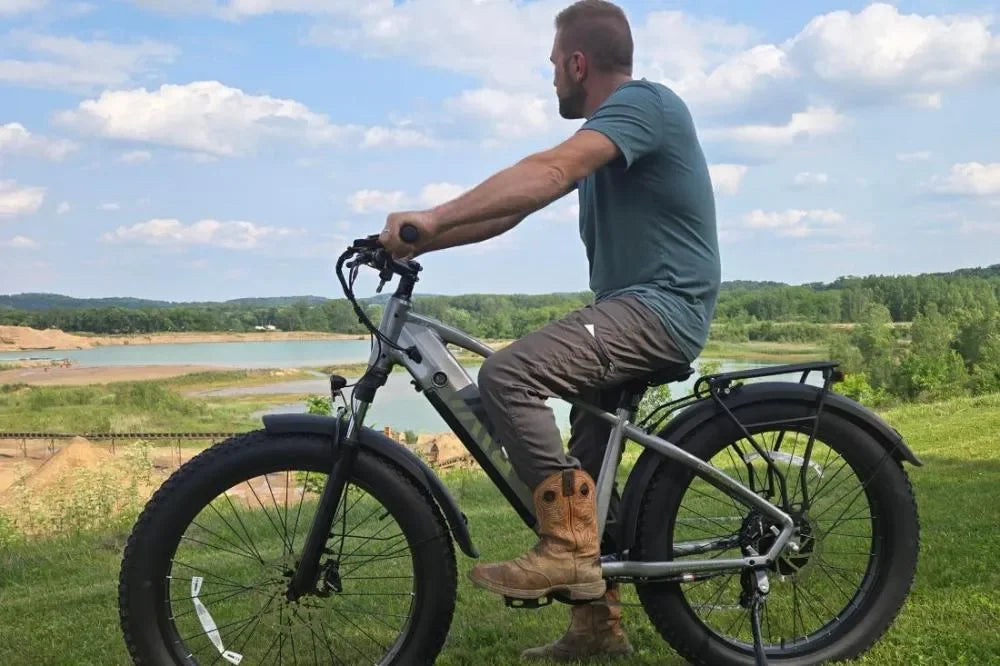
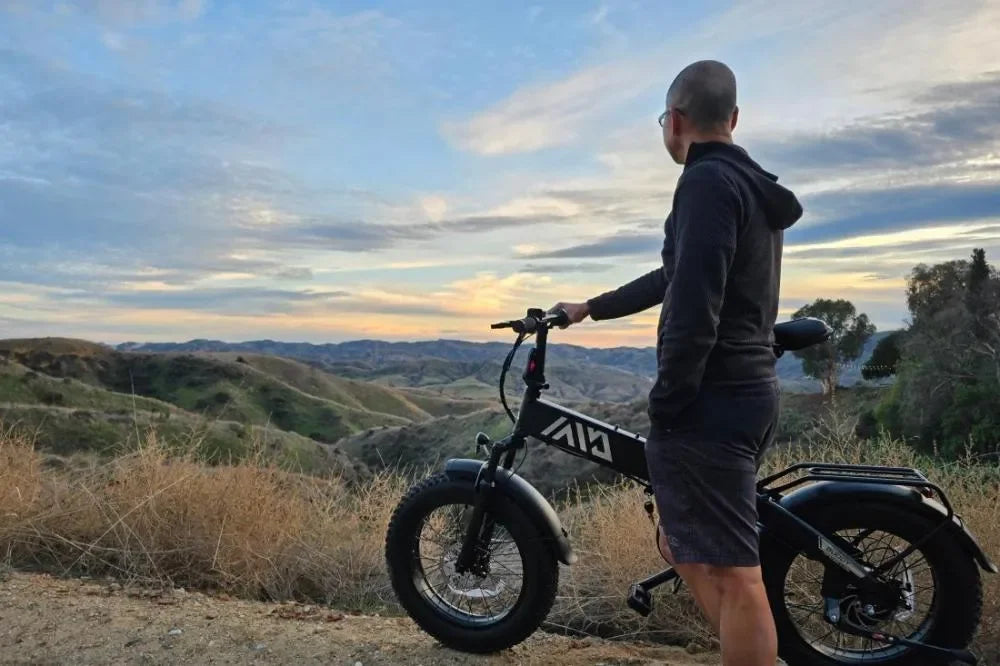
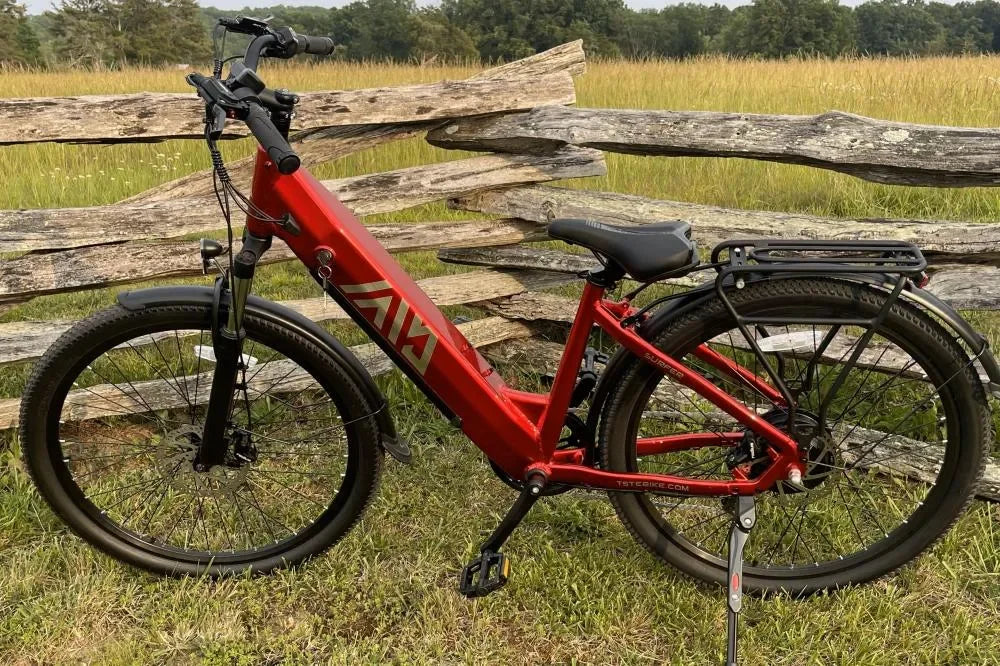
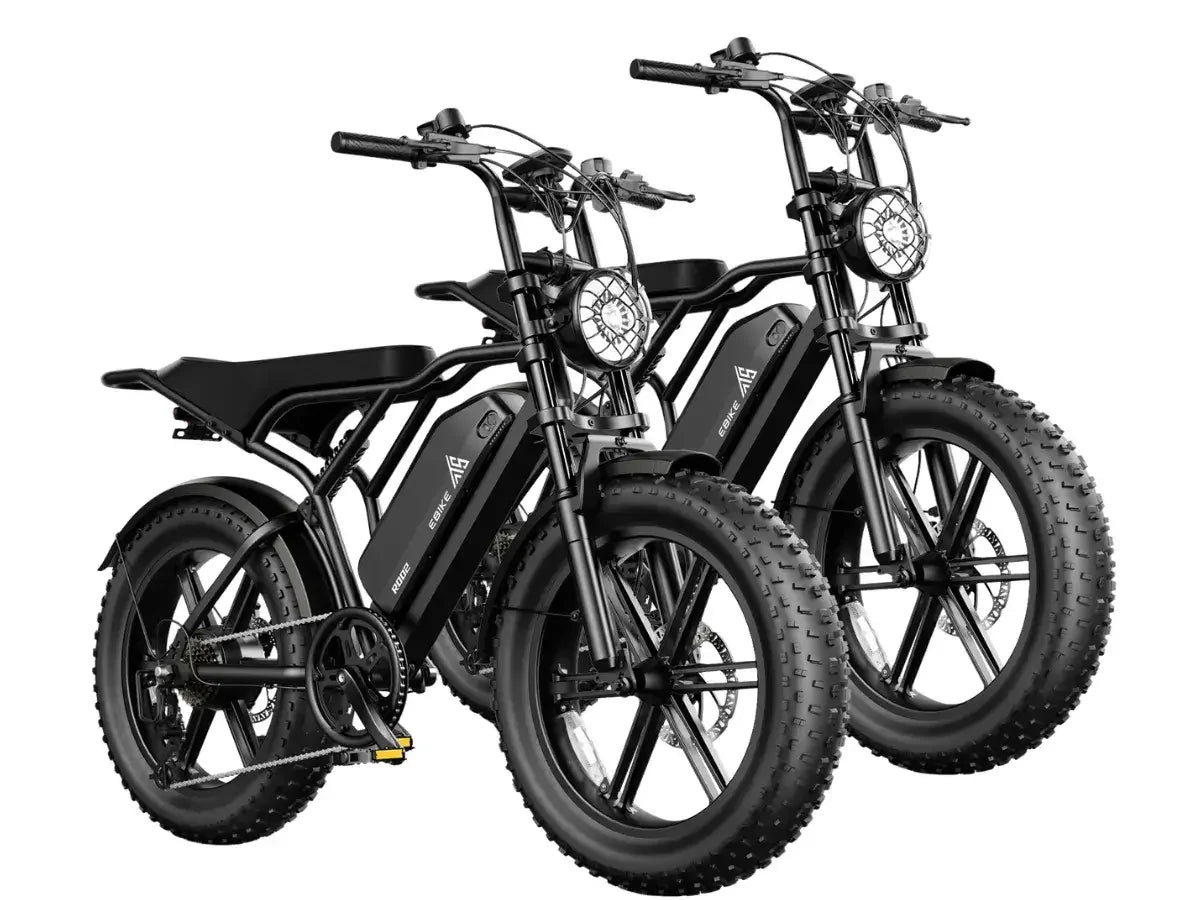
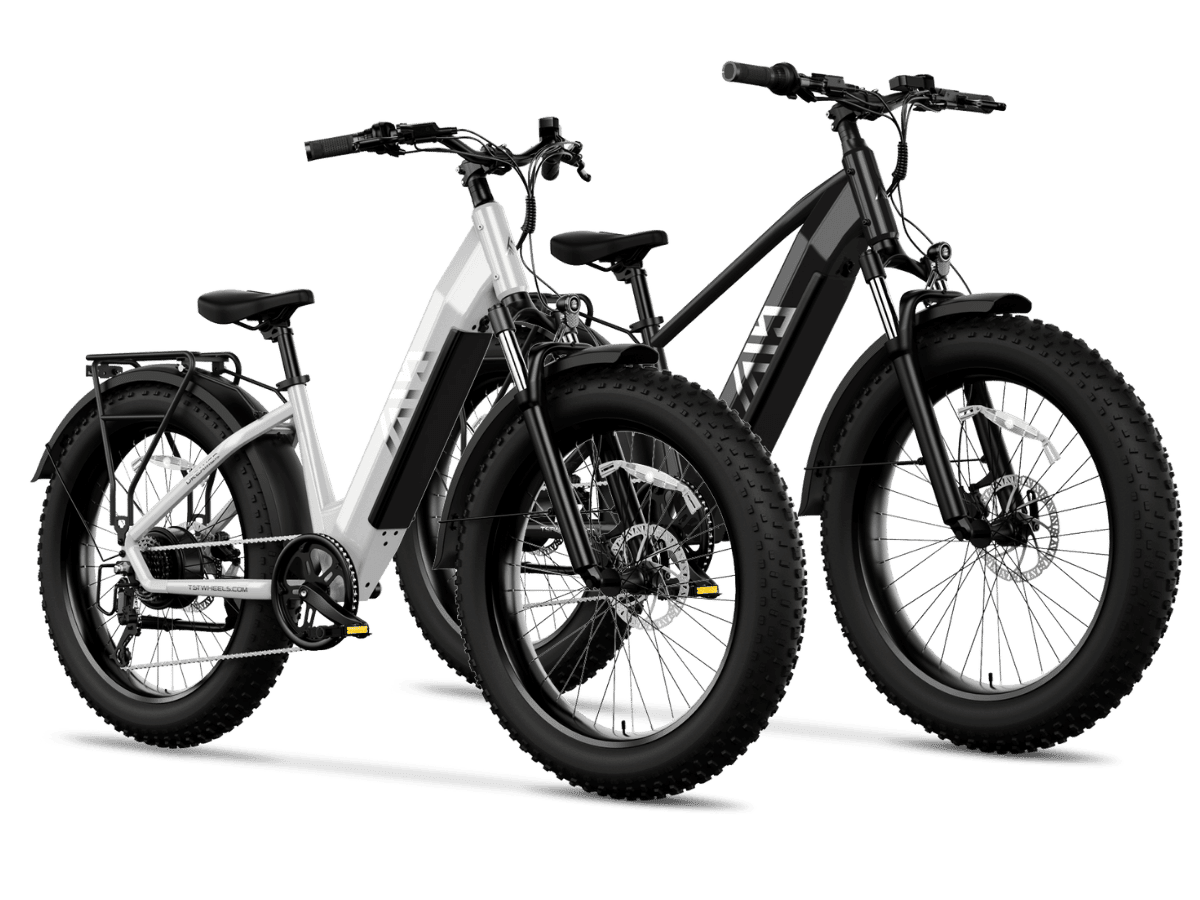
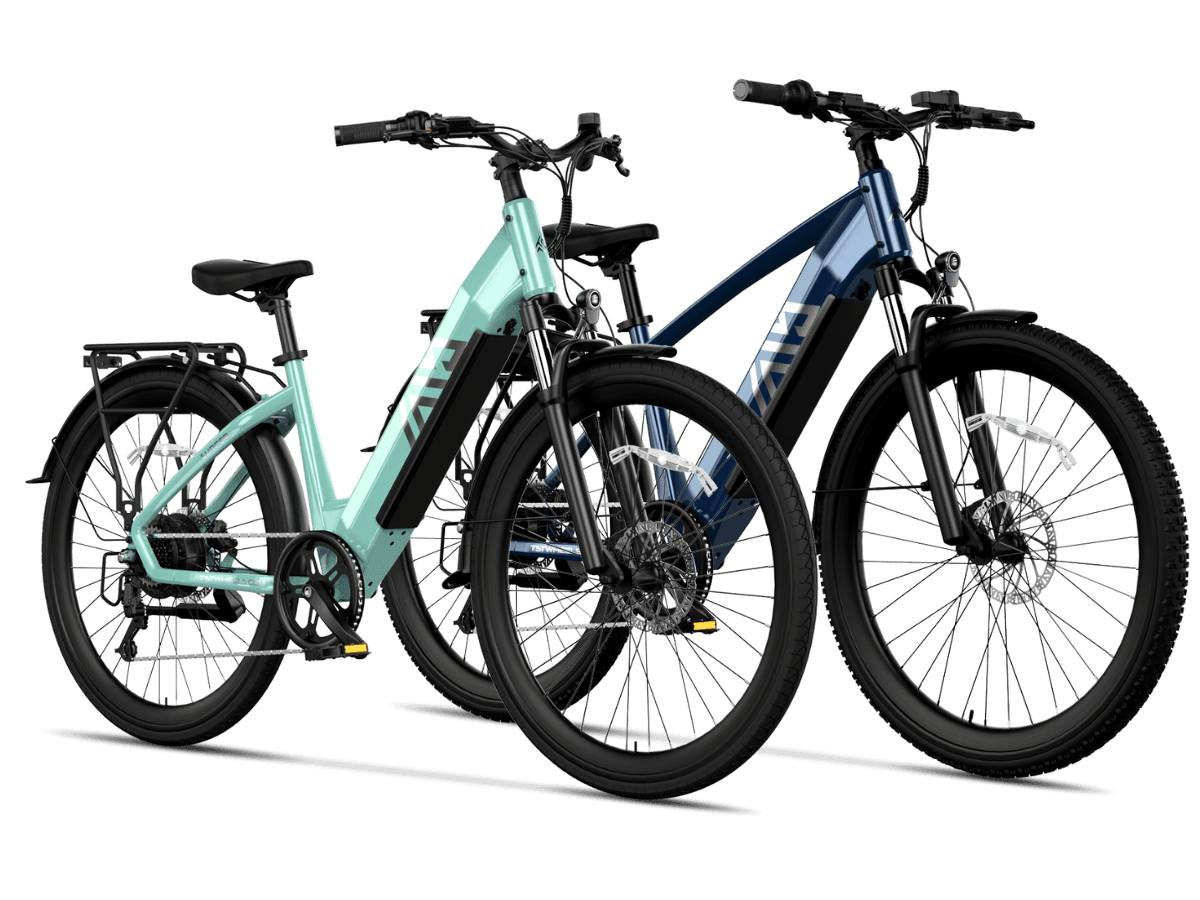
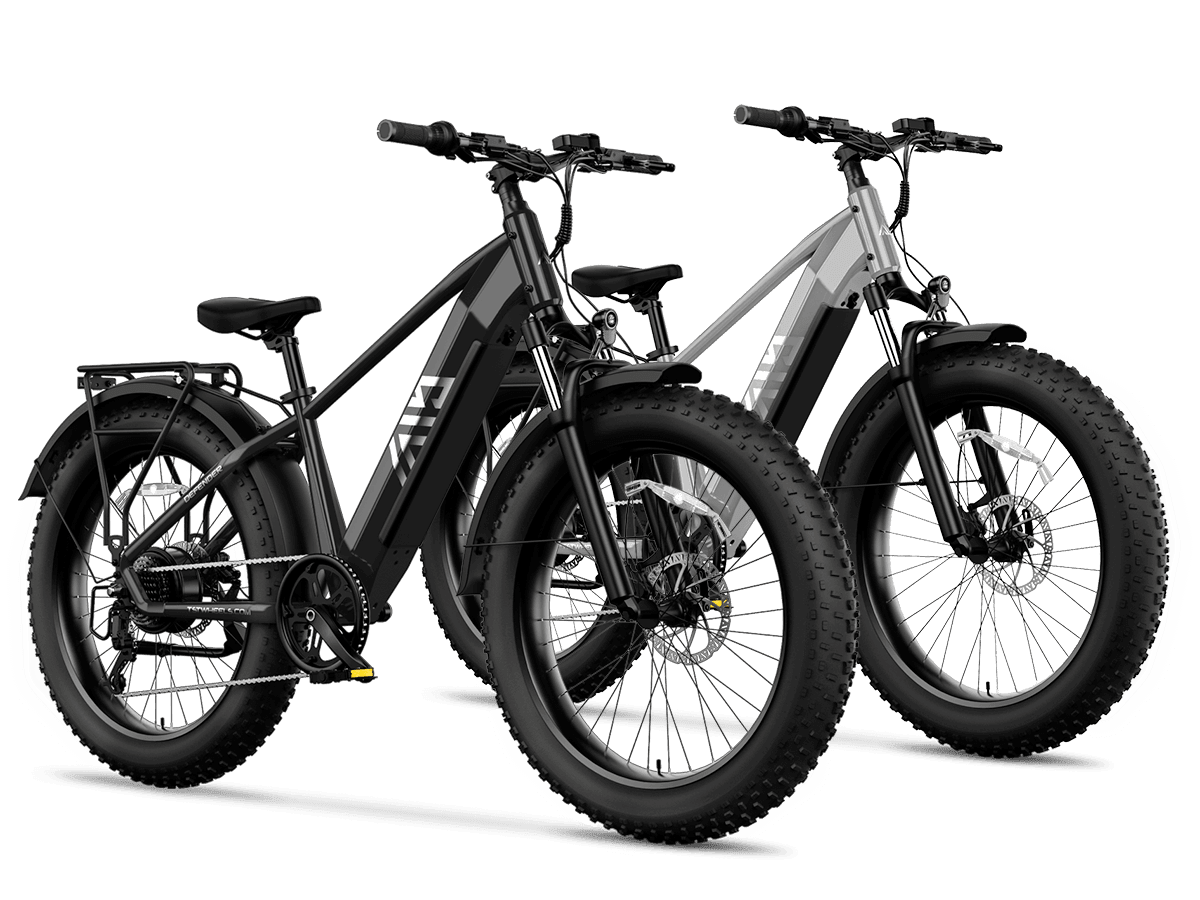
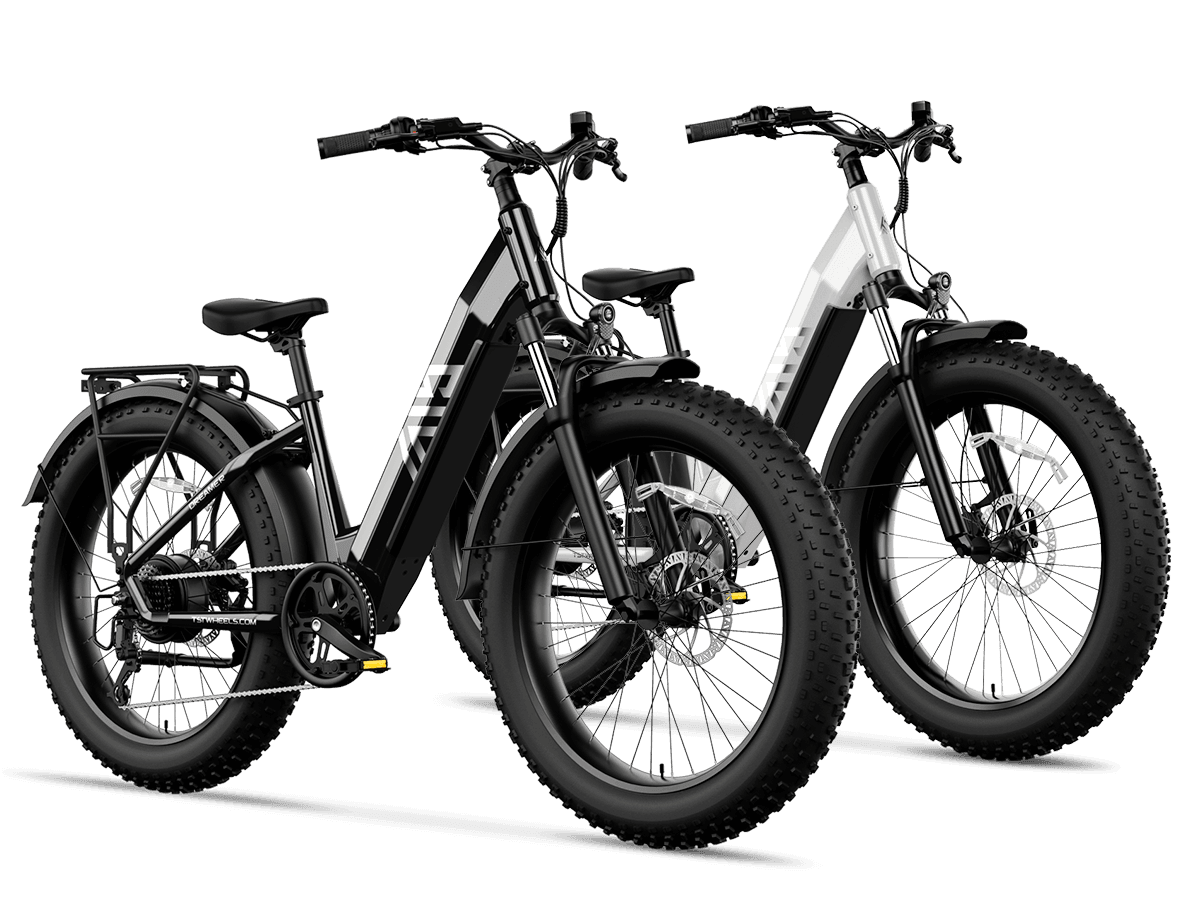
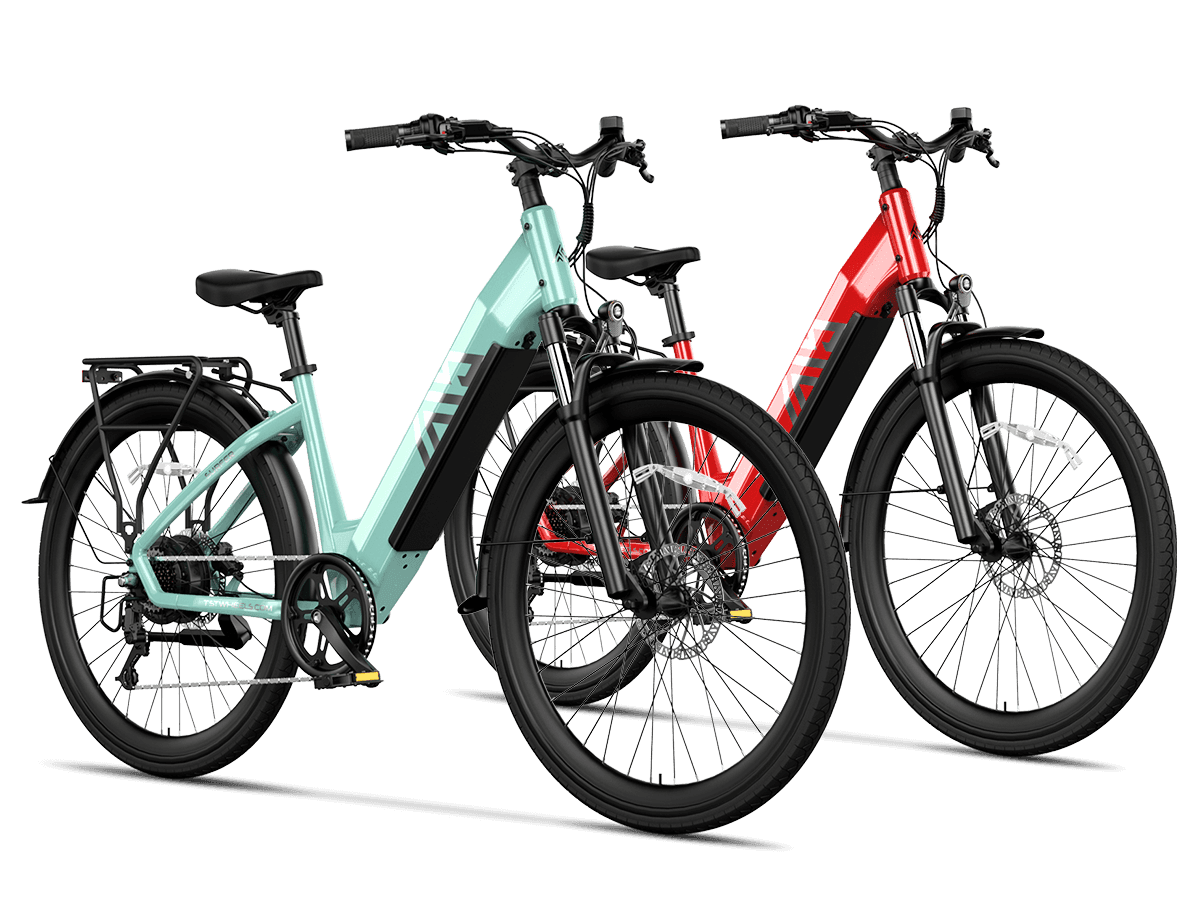
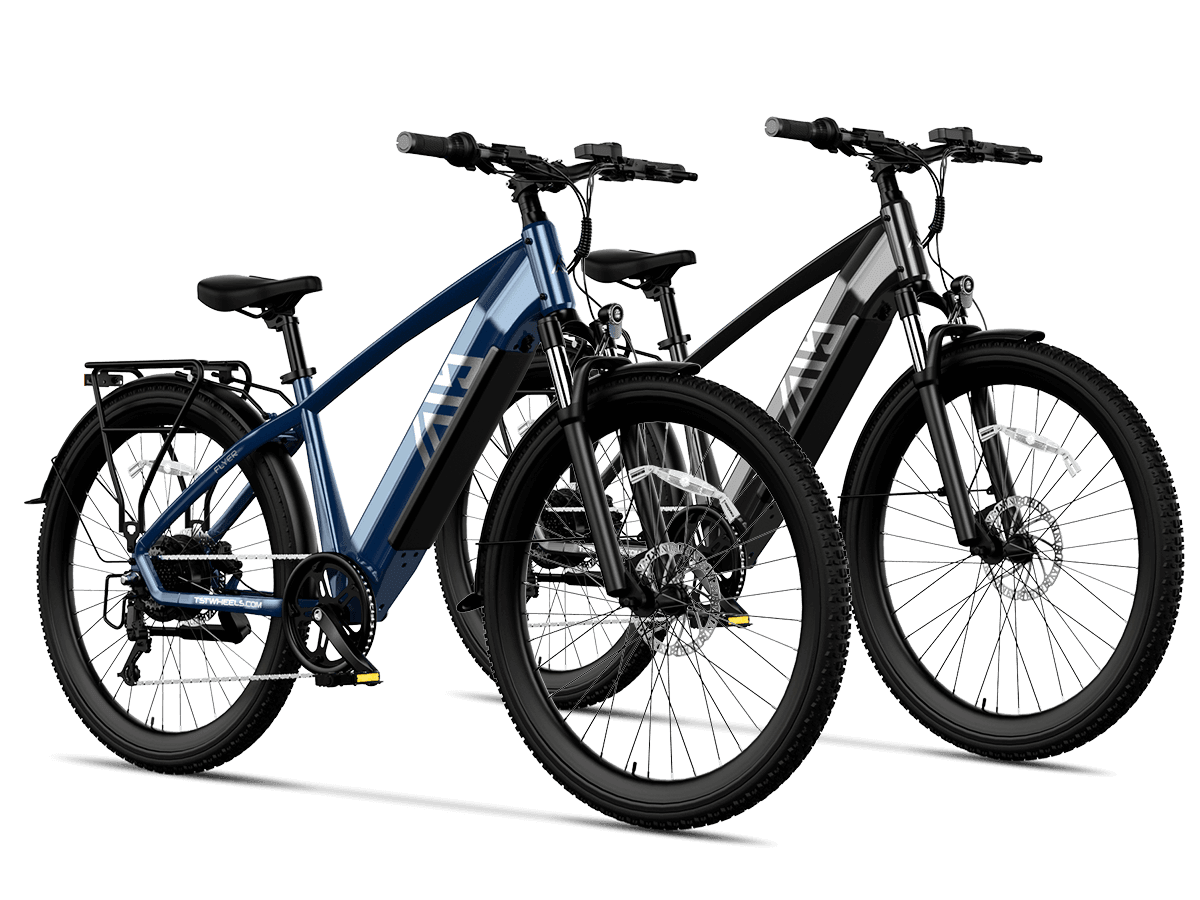
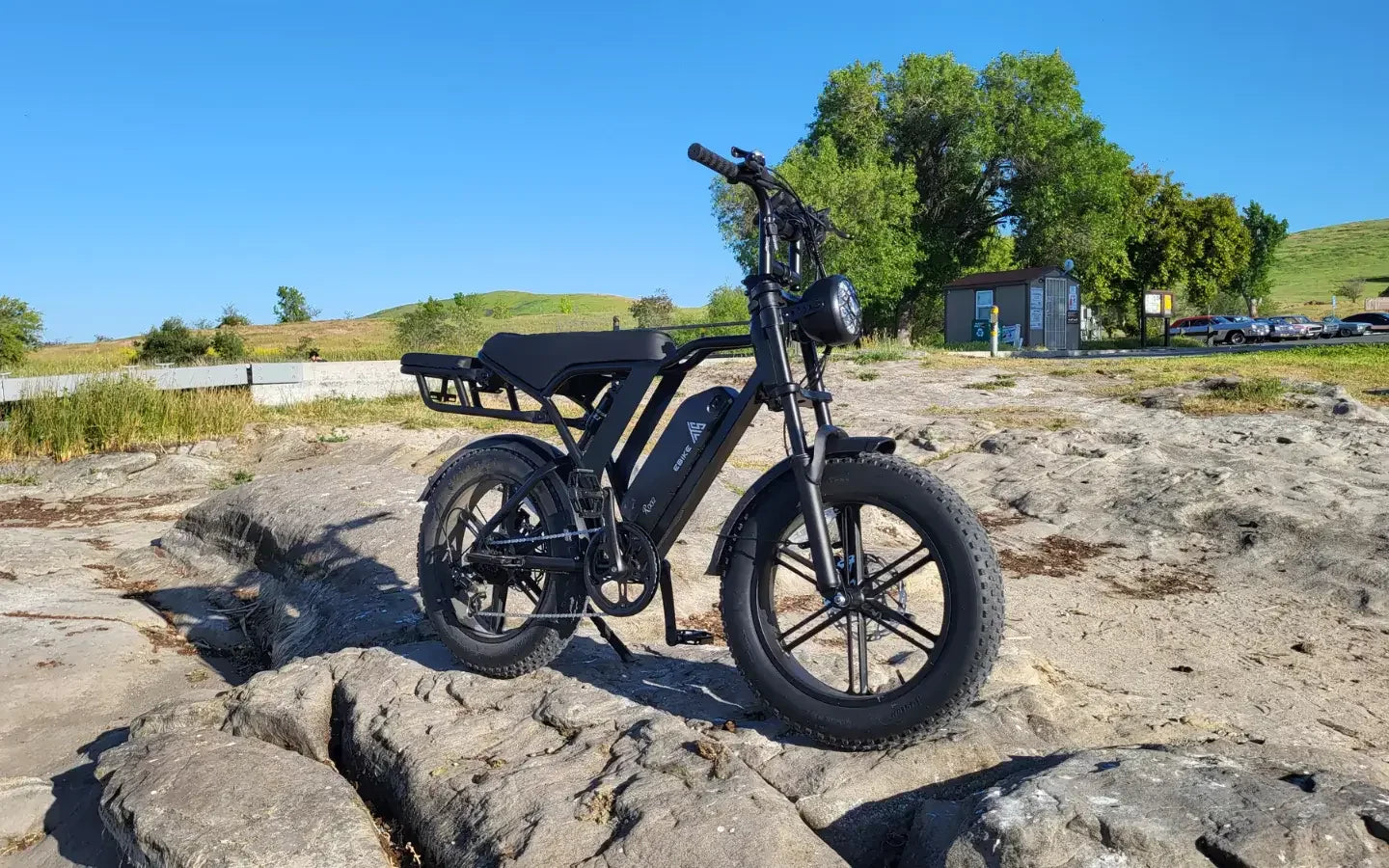
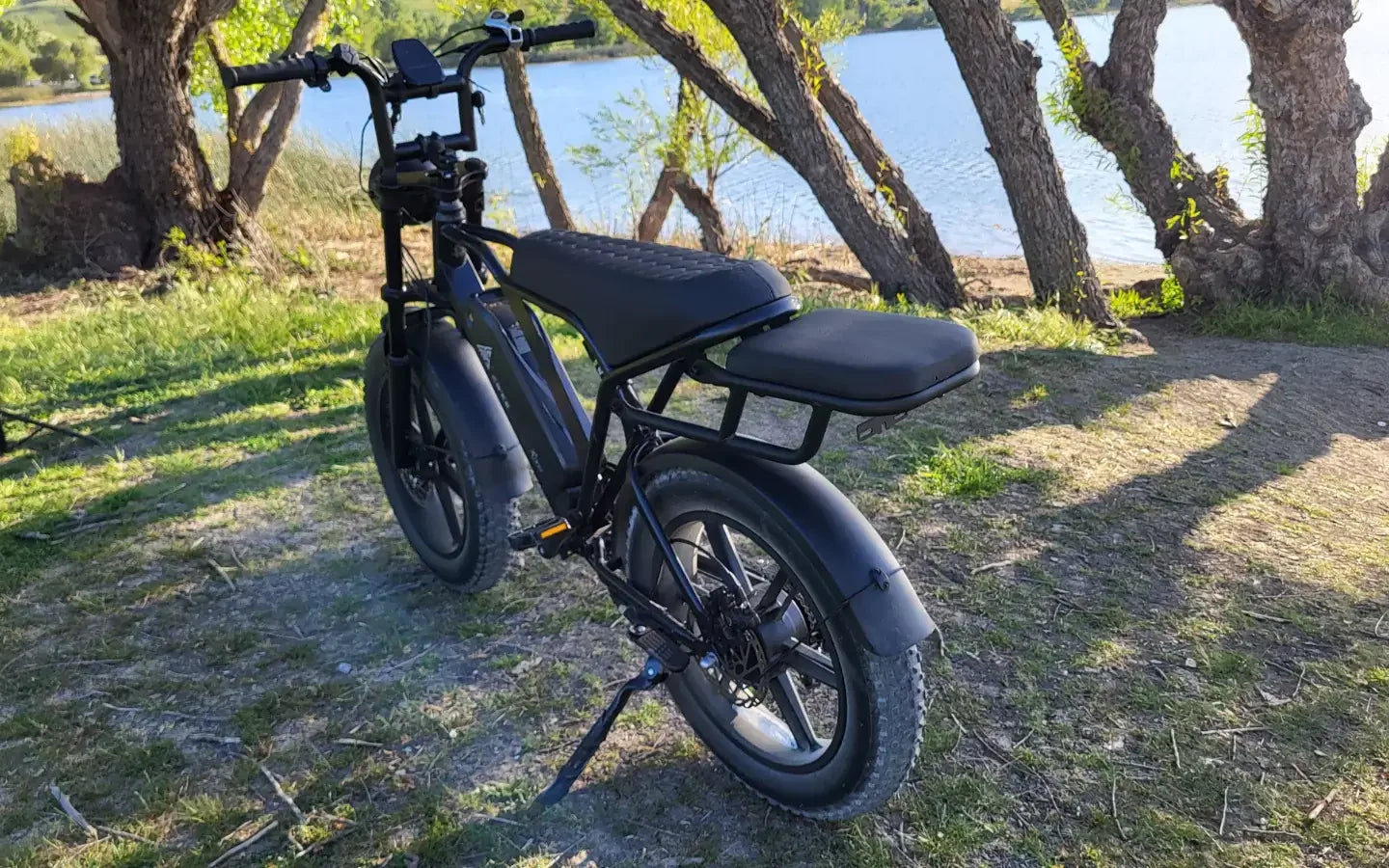
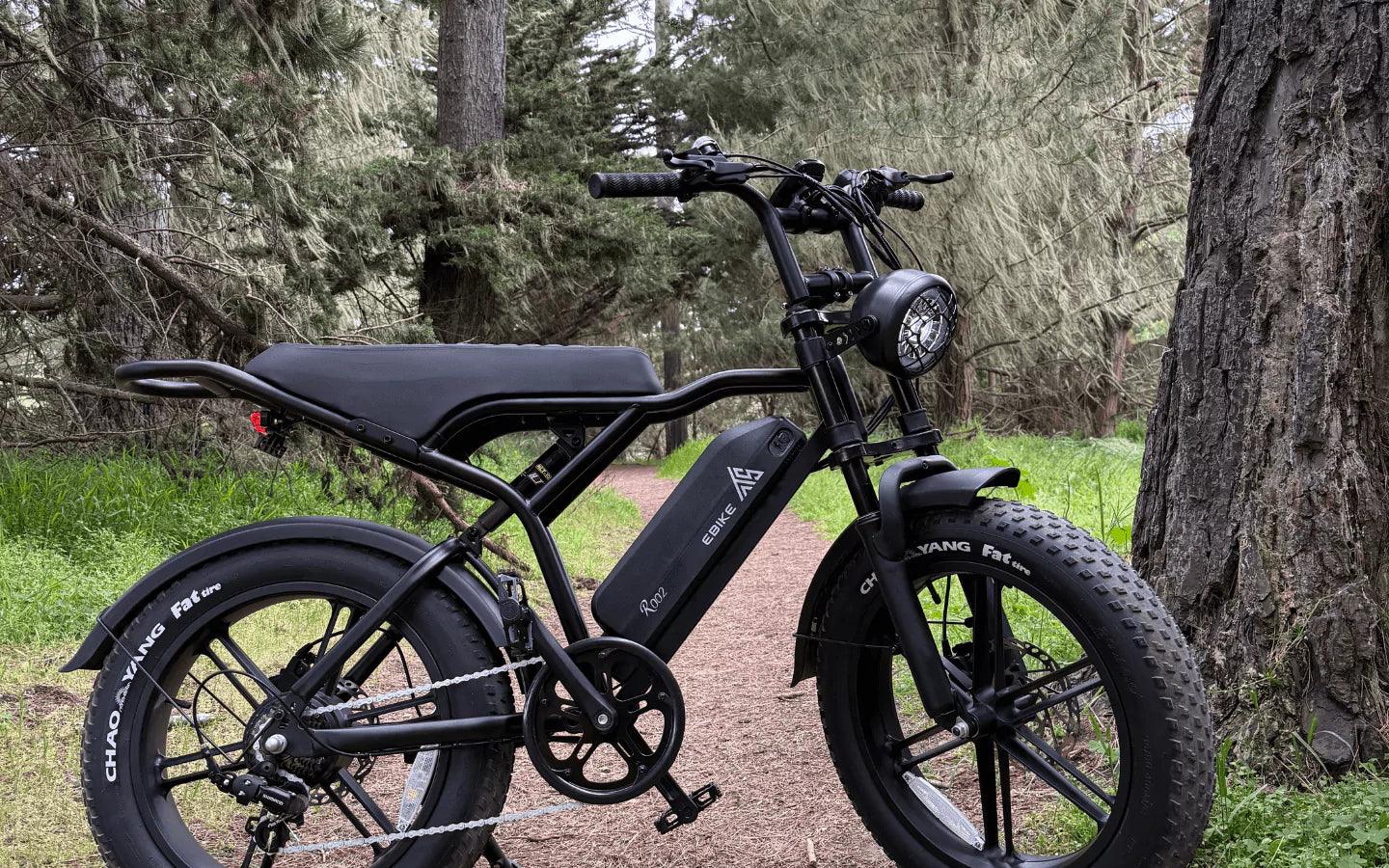
Leave a comment
This site is protected by hCaptcha and the hCaptcha Privacy Policy and Terms of Service apply.